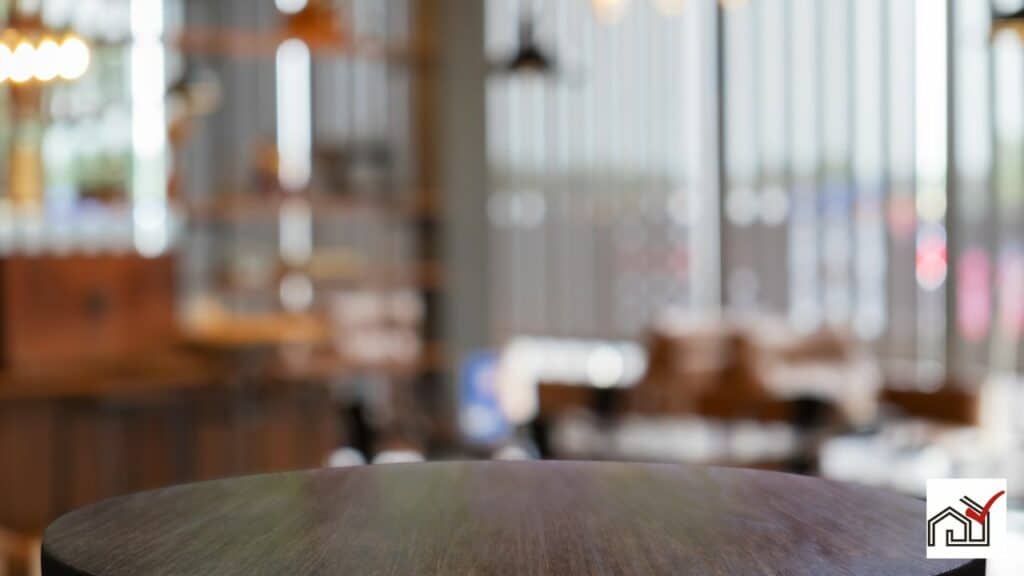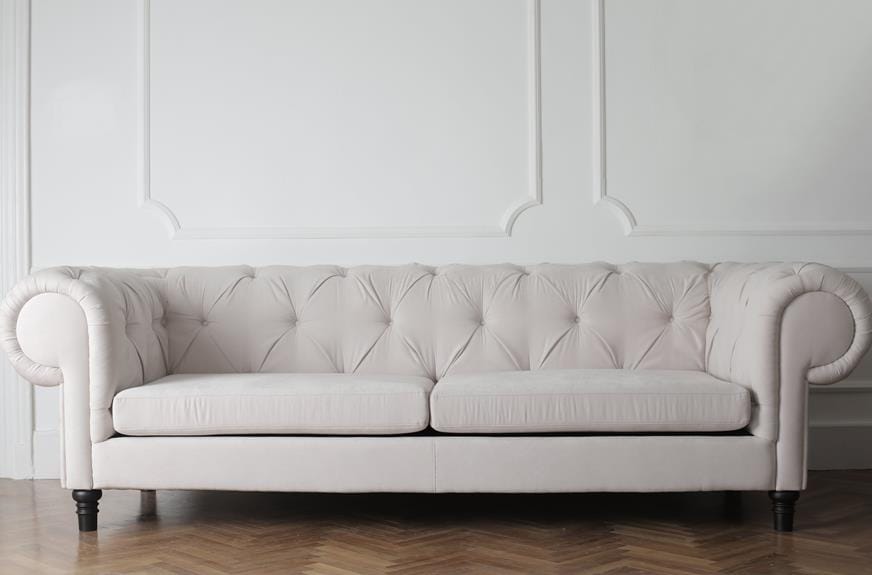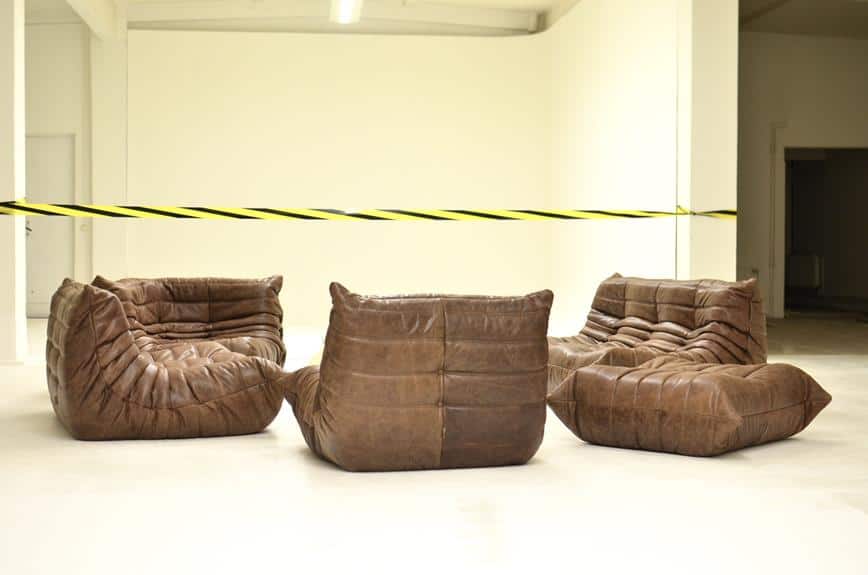Coffee tables and end tables do not necessarily have to match. Traditional interior design suggests coordinating furniture for a cohesive look that maintains visual balance. However, modern design allows for a mix of styles, materials, and colors based on personal preference.
Consideration of size, theme, and how the furniture works together is important. The choice to match or mix these tables depends on the individual's desired outcome for their space and their approach to home decor.
Exploring Furniture Harmony
Exploring furniture harmony is about how different pieces work together in a space for a unified look. Matching coffee and end tables can create a clean and uniform style, which is good for a calm and consistent environment. However, using different styles can add personality and uniqueness to a room.
Matching sets are easy to work with and can make a room look orderly. But mixing different table shapes, like a round coffee table with rectangular end tables, can add visual interest. To keep the look cohesive, use a common element like the same material or color. Balance the size and height of the furniture so the room looks deliberate and well put together.
Design Principles in Pairing
Design principles are important when matching coffee tables with end tables to improve both function and style. It's not necessary to choose matching sets; different styles and shapes can add interest to a room. The goal is to balance the visual weight and scale of the tables so they work together without overshadowing each other.
In matching tables, consider the room's color scheme and style to maintain cohesion. For example, a modern coffee table can pair with geometric side tables, while a rustic table can match well with wrought iron end tables to add texture.
Combining various materials, like a glass coffee table with metal side tables or a wooden table with marble end tables, can create a sophisticated look with depth. Decorative accessories help to unite different tables by adding consistent textures or colors.
Applying these design principles allows for creativity and can enhance the look of a room.
The Case for Eclectic Mixing
Mixing different styles of coffee tables and end tables can create a unique and personalized space. This eclectic approach moves away from matching sets, allowing for a blend of various designs, materials, and textures.
A glass coffee table can be combined with a wooden end table, creating a visual contrast and adding interest to the room. A round side table might be introduced to balance straight lines with curves.
To achieve a cohesive look, it is important to have a unifying element, such as a consistent color palette or material. This method of mixing furniture can provide a room with character and the flexibility to change with the owner's preferences over time.
Eclectic mixing can result in an attractive and individualized living space.
Material and Texture Considerations
Material and texture choices significantly affect the visual and functional coherence of coffee tables and end tables in a room. Pairing different materials, such as a marble coffee table with a wooden end table, can add variety and depth. Matching materials creates a more uniform appearance, while contrasting textures can make a statement and spark conversation.
The visual weight of materials is also important; heavy materials like metal or stone provide stability, while lighter ones like glass or acrylic make a space feel more open. When tables are not part of a matching set, it's important to balance their presence through size, shape, and height variations to avoid one piece dominating the other.
Decorative items can help integrate coffee and end tables with different materials. Using a consistent color scheme or theme with these accessories helps to unify the pieces.
The decision to match tables depends on personal preference and the desired effect in the space. Proper material and texture selection can create a cohesive yet diverse interior.
Styling Tips for Non-Matching Sets
Homeowners often choose different styles for coffee and end tables to create a unique and eclectic living room. Instead of matching sets, mixing shapes adds interest, such as combining a round coffee table with square end tables.
For a cohesive look, ensure the tables are balanced in visual weight and height. A heavy coffee table can be paired with slender end tables, or sturdy end tables can complement a minimalist coffee table.
Using different materials for each piece, like a glass coffee table with metal end tables or a wood coffee table with marble end tables, adds texture and variety to the space.
To unify the look, decorate with similar accessories, such as lamps or vases. Adding a brightly colored end table can provide a striking focal point.
These tips help create a personalized living room.




